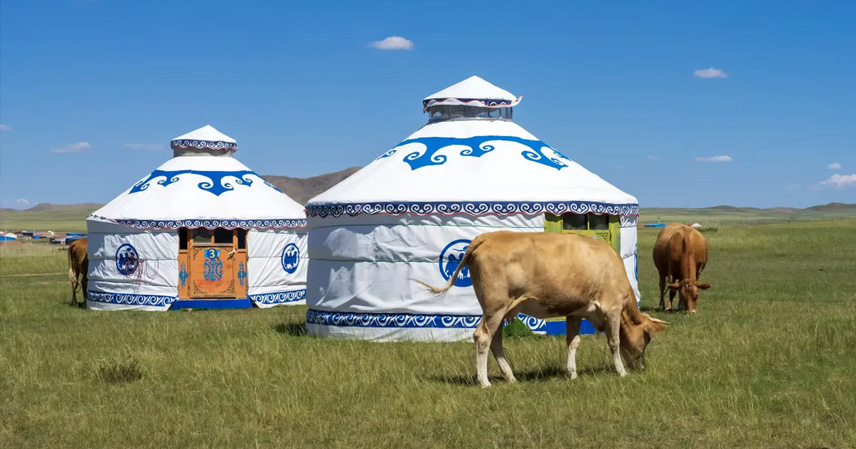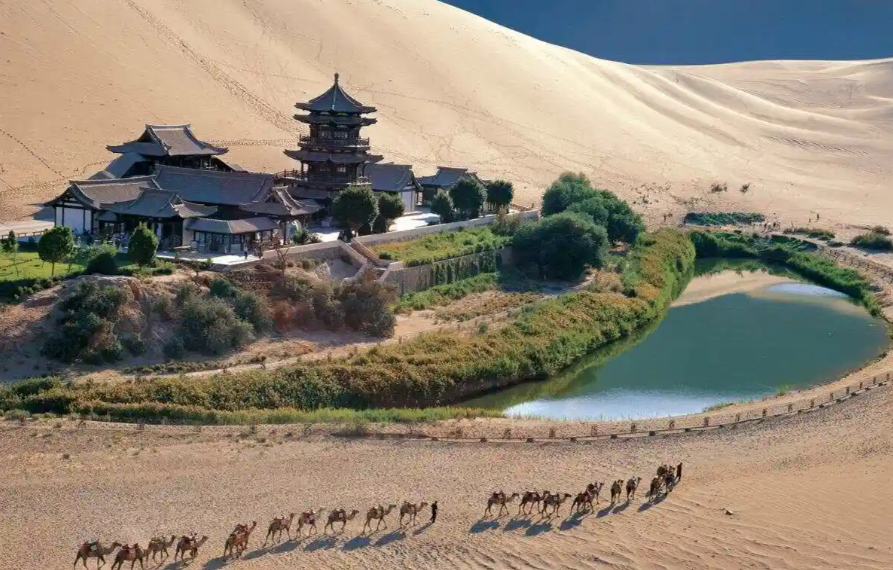In the bone-chilling grip of -40°C, inside a seemingly flimsy tent of layered wool felt, you might find yourself shedding layers. This humble “tent”—the traditional Mongolian yurt—holds ancient engineering marvels that make subzero steppe winters more comfortable than many urban homes. Far from basic shelter, the yurt’s design harnesses natural materials, smart geometry, and nomadic know-how to trap heat, repel wind, and sustain life in extreme cold. Let’s uncover how this portable powerhouse of yurt insulation defies the freeze.
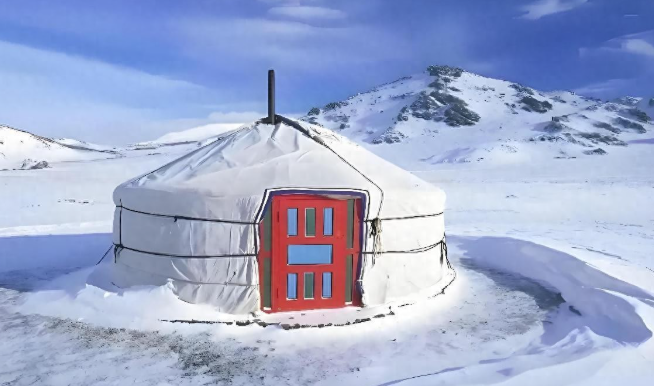
Wool Felt: Not Fabric, But a Master Insulator
First impressions deceive: that yurt covering looks like thin cloth, but it’s anything but. Traditional Mongolian felt is a dense, multi-centimeter-thick blanket of compressed sheep wool—a natural powerhouse for winter warmth. Crafted by felting wool fibers through relentless rolling and pressing, it weaves a tight matrix that seals out drafts while trapping insulating air pockets inside each hollow fiber. These microscopic air traps act like countless tiny thermos bottles, locking in body heat and stove warmth while blocking arctic blasts.
Winter yurts layer up strategically: multiple felt sheets topped with waterproof canvas mimic a puffy down jacket over a windbreaker, shedding snow and rain effortlessly. At its thickest, you can sink fingers several centimeters deep into the felt—denser than many modern building insulators. The base felt clings flexibly to the wooden lattice, lashed down with cowhide ropes and weighted against the ground, creating an airtight seal. Ground chill stays buried, and precious indoor heat doesn’t escape, turning the yurt into a self-contained thermal vault.
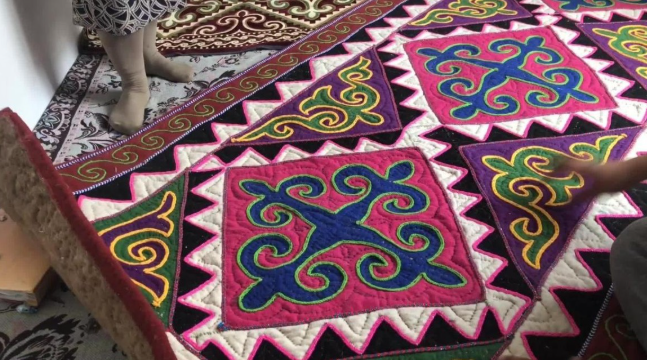
Wool’s magic doesn’t stop there: it wicks moisture from the air, releasing latent heat as it evaporates slowly. This subtle “self-heating” buffers temperature swings, providing a steady warmth boost that synthetic materials struggle to match—essential for enduring -40°C nights on the Mongolian steppe.
The Circle: A Wind-Defying, Heat-Optimizing Shape
Why the yurt’s iconic round form? It’s no aesthetic whim—it’s battle-tested nomadic architecture for brutal winds and efficient heating. On the vast grasslands, gales howl relentlessly, but the yurt’s smooth curve deflects them like water over a pebble: no sharp edges for wind to grip and tear at. Square or angular shelters invite structural stress; the yurt’s dome dissipates force evenly.
The lattice walls, roof poles, and central ring form a geodesic-like dome that distributes loads masterfully—erected by two or three people yet resilient against blizzards. Inside, the central stove (fire pit) radiates heat radially in the circular space, banishing cold spots. Thick felt around the hearth guards against floor loss, while the chimney’s adjustable damper fine-tunes airflow for precise temperature control.
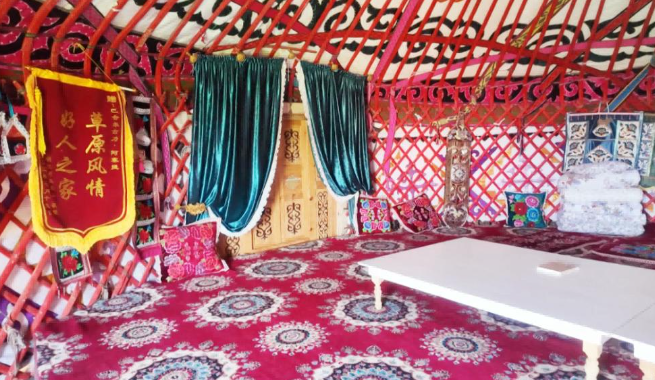
This geometry sparks natural convection too: rising hot air swirls along the curved ceiling, cools against walls, and sinks evenly— a passive ventilation loop that refreshes air without wasting heat, outperforming many HVAC systems in yurt winter warmth.
Every Detail Counts: The Nomad’s Survival Toolkit
Yurt insulation shines through thoughtful nuances, each a lifesaver honed over centuries. Site selection avoids trampled livestock pens—not just for luck, but to dodge loose soil and bacteria; firm ground anchors the structure solidly. Doors face southeast to catch dawn’s rays, pre-warming the interior and easing morning routines while slashing fuel needs.
Fuel is cow dung patties—dried, smokeless bricks that smolder steadily for hours, delivering consistent, long-lasting heat without flare-ups. The hearth’s depth and stone-ringed rim are calibrated: shallow for quick starts, stones as thermal mass to radiate warmth post-fire. Even sleep spots hug the hearth’s edge but offset from direct glare, layered with sheepskins that insulate from below.
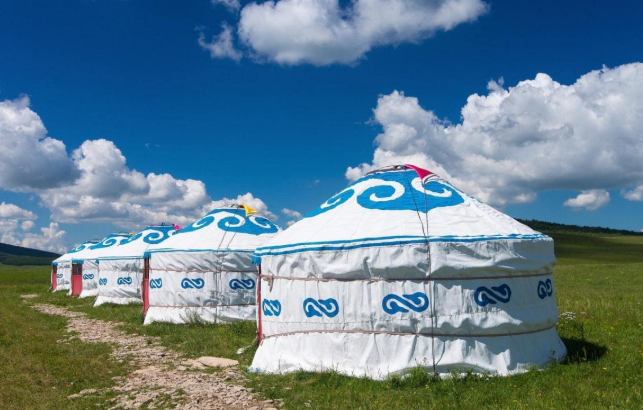
Diet fuels the system: calorie-dense staples like hot milk tea (with salt for hydration), fatty hand-pulled mutton, and ghee generate metabolic heat, turning bodies into internal furnaces against the cold, dry air.
Conclusion: Timeless Wisdom in a Portable Home
The Mongolian yurt’s prowess in -40°C winters reveals profound ingenuity: no concrete, no central heating—just wool, wood, and wisdom for unmatched comfort. As we grapple with energy bills and air quality, this nomadic marvel reminds us of sustainable harmony with nature. The yurt isn’t just shelter—it’s a blueprint for resilient, low-impact living that warms body and soul.
References
- Reddit: Yurts in the Winter?
- The Out Factory: Winter Yurt Living: Practical Tips for Comfort
- Silk Road Mongolia: How are Mongolian yurts heated?
- The Sunny Club: My 5-Days Yurt Experience in Mongolia
- DMD-Mongolie: What is a Yurt? Learn about Mongolian Gers
- Correct Mongolia: Yurta Yurt Mongolia
- Facebook: Yurts as a dwelling option
- Yurt Hideaway: What is a Yurt?

